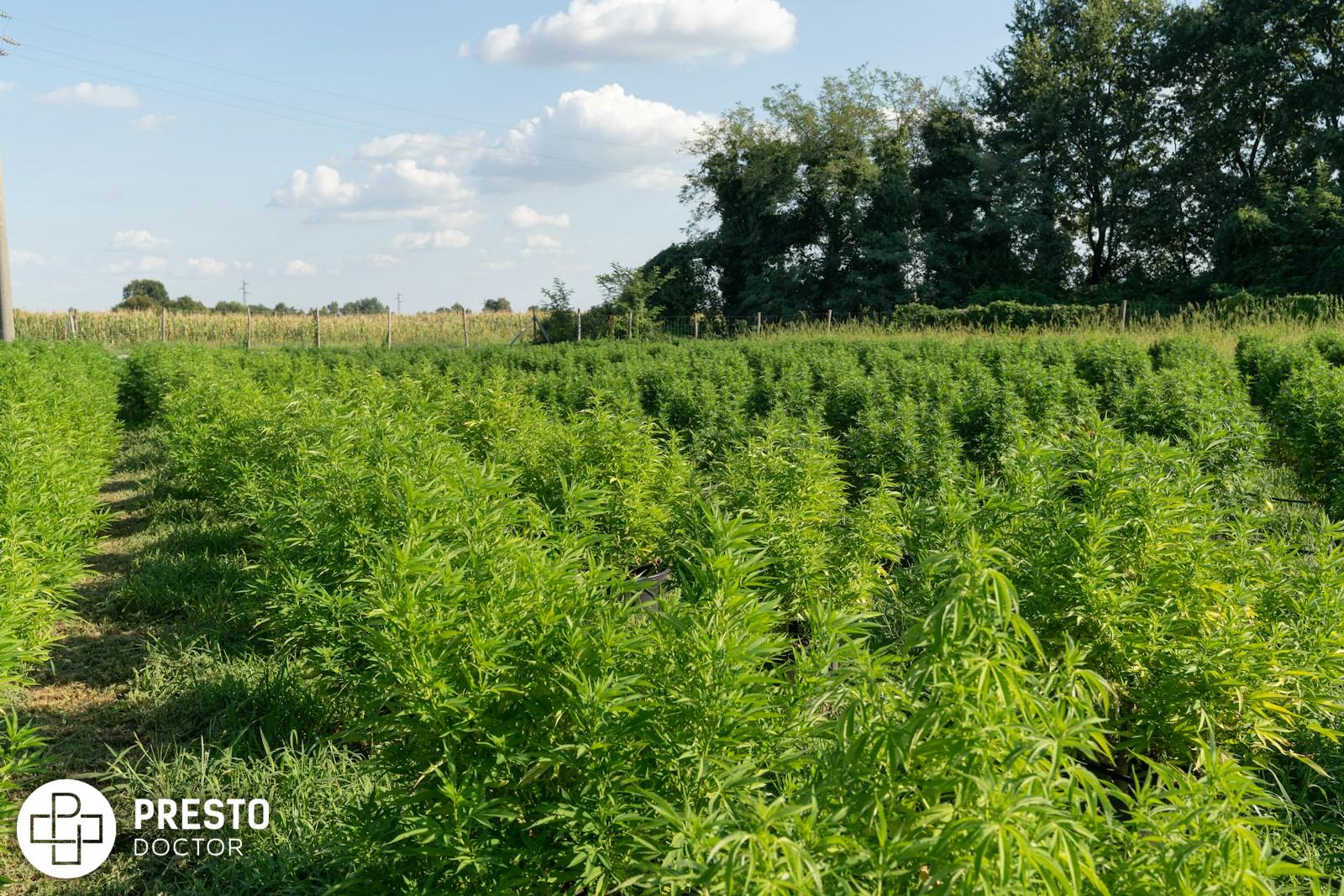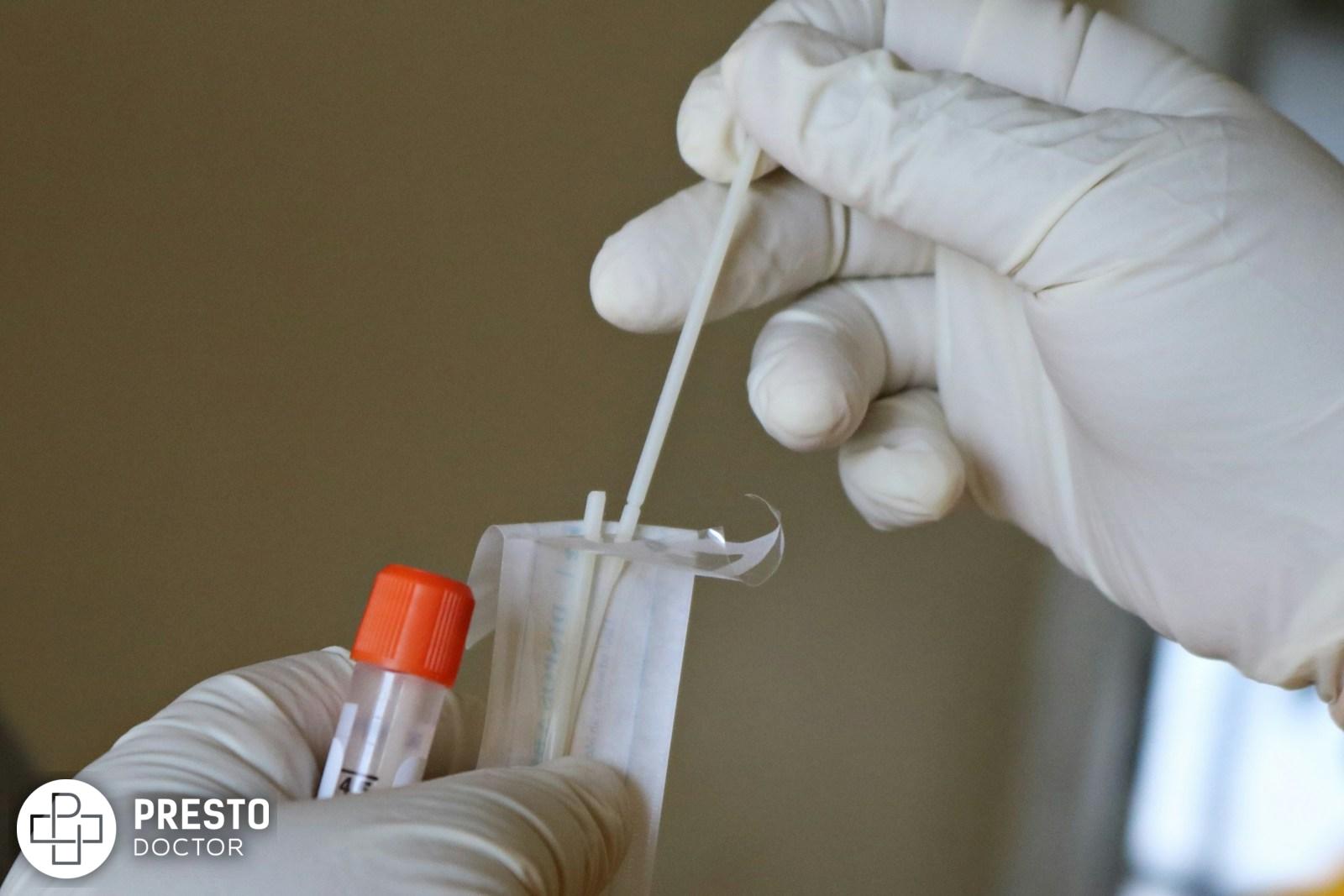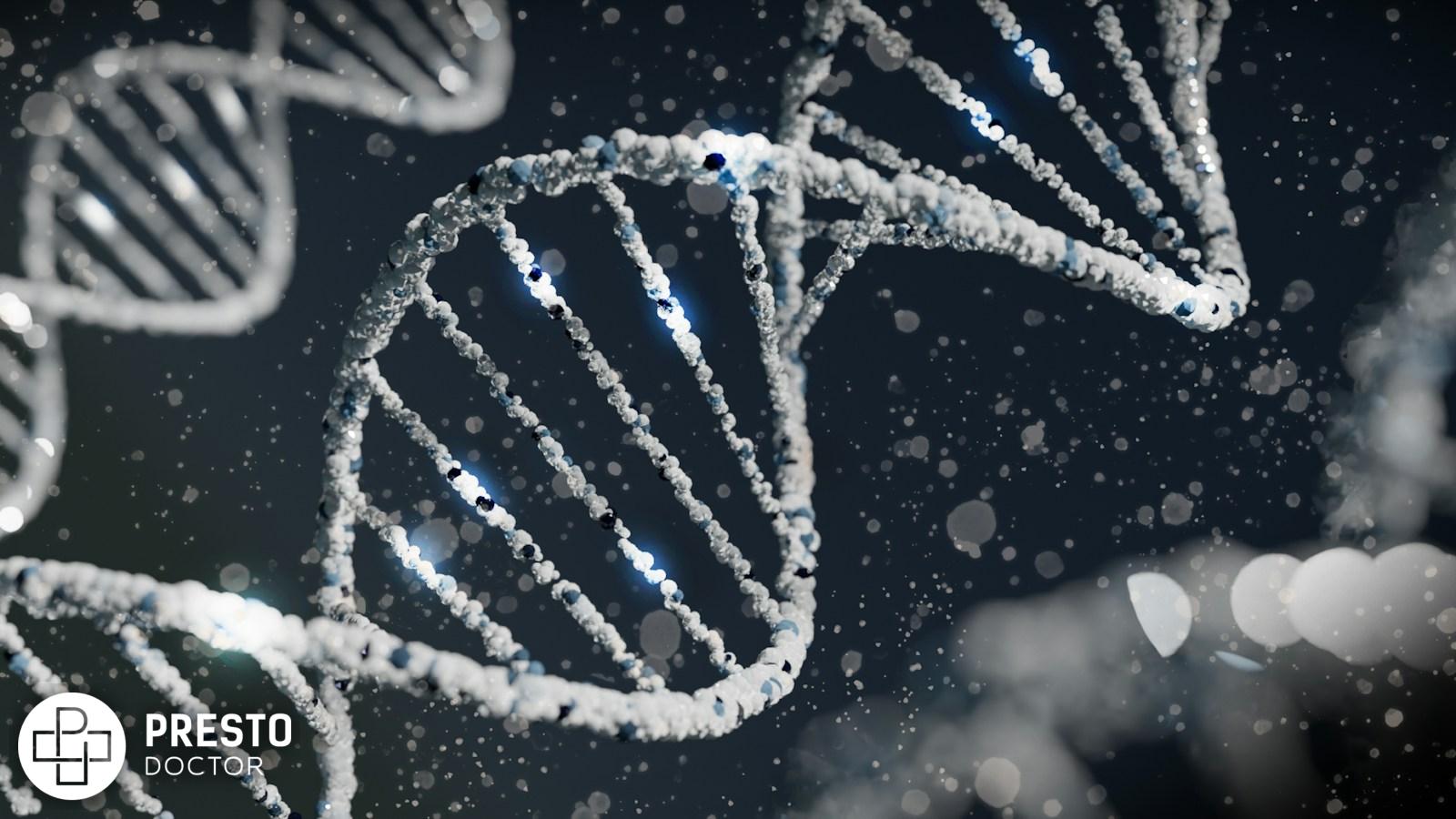
Marijuana has become a hot topic recently, with many states legalizing the drug for both medical and recreational use. However, there is debate over its potential side effects.
This includes the impact it may have on estrogen levels in both men and women. Studies have shown that marijuana use can cause an increase in estrogen levels. This can lead to a condition known as gynecomastia, or the development of breast tissue in men.
A closer look at the link between cannabis and gynecomastia shows that cannabis can affect estrogen levels in the body. We will also provide tips for reducing your risk of experiencing this side effect if you choose to use marijuana.
Understanding Gynecomastia & Causes
Gynecomastia, a condition characterized by the enlargement of breast tissue in males or “man boobs”, has long been a topic of interest and concern. While the causes of gynecomastia are varied and complex, one potential factor that has gained attention in recent years is the use of cannabis.
Gynecomastia can be a source of significant distress and discomfort for those affected. This can lead to a negative impact on self-esteem and body image. The condition can arise during different stages of life. This includes anywhere from infancy, adolescence, to adulthood.
It may be caused by hormonal imbalances, certain medications, or underlying medical conditions. However, the potential link between marijuana use and gynecomastia has raised intriguing questions within the medical community.
The Role Of Hormones In Gynecomastia
Hormones play a crucial role in the development of gynecomastia, a condition characterized by the enlargement of male breast tissue. While there are various factors that can contribute to the development of gynecomastia, hormonal imbalances, particularly involving estrogen, are often at the forefront.
In males, testosterone is the dominant hormone responsible for masculine characteristics, including muscle development and the suppression of breast tissue growth. On the other hand, estrogen is typically associated with female characteristics, such as breast development. Gynecomastia occurs when there is an imbalance between these two hormones, with estrogen levels surpassing testosterone levels.
Research suggests that certain cannabinoids found in marijuana, such as delta-9-tetrahydrocannabinol (THC), may influence estrogen levels in both males and females. THC can mimic the effects of estrogen in the body, potentially leading to an increase in estrogenic activity. This estrogenic activity can disrupt the delicate hormonal balance, potentially contributing to the development or increased presence of gynecomastia.
Moreover, marijuana use has been associated with alterations in other hormone levels, including testosterone. Chronic marijuana use has been linked to lowered testosterone levels. This can further disrupt the hormonal balance and contribute to gynecomastia.
Cannabis & It’s Impact On The Body
To understand the potential link between cannabis and gynecomastia, it’s essential to have a basic understanding of how the body processes cannabis. When consumed, cannabis interacts with the endocannabinoid system, a complex network of receptors found throughout the body. These receptors play a crucial role in regulating various physiological processes, including mood, appetite, and hormone production.
Research suggests that chronic cannabis use may lead to an increase in estrogen levels in both men and women. Elevated estrogen levels in men can disrupt the hormonal balance and potentially contribute to the development of gynecomastia.
It’s essential to note that the relationship between cannabis use and gynecomastia is still a topic of ongoing research. While some studies have found a correlation between cannabis use and gynecomastia, others have not established a definitive causal link. Factors such as the frequency and duration of cannabis use, individual genetic tendencies, and other lifestyle factors may also influence the development of gynecomastia.
As with any substance, it’s crucial to approach cannabis use with caution and moderation. For concerns about the potential impact of cannabis on your hormone levels or the development of gynecomastia, consult with a healthcare professional. Your healthcare professional can provide personalized guidance based on your specific circumstances.
The Connection Between Cannabis Use & Estrogen Levels
Research has shown that marijuana use can potentially affect estrogen levels in both men and women. THC, the psychoactive compound in cannabis, has been found to interact with the body’s endocannabinoid system, which plays a crucial role in regulating hormone production.
In women, some studies suggest that marijuana use may lead to changes in estrogen levels. Additionally, it can potentially affect menstrual cycles and fertility. However, more research is necessary to fully understand the extent and long-term implications of these effects.
In men, the connection between marijuana use and estrogen levels is particularly interesting. Some studies have shown that regular marijuana use can lead to increased estrogen in men. This may contribute to the development of gynecomastia.
The exact mechanisms behind this connection are still being investigated, but it is believed that THC may interfere with the body’s normal hormone regulation processes, leading to imbalances. Additionally, marijuana use can also cause weight gain in some cases, which can further contribute to hormonal imbalances and developing gynecomastia.
Research Findings On The Effects Of Cannabis On Gynecomastia
Initial research findings suggest that marijuana use may indeed have an impact on estrogen levels, albeit in a somewhat unexpected way. Studies show that cannabis consumption can lead to a temporary increase in estrogen production, which subsequently affects hormonal balance in both men and women.
One study conducted on male cannabis users found that regular marijuana consumption led to a decrease in testosterone levels and an increase in estrogen levels. This hormonal imbalance can contribute to the development of gynecomastia in susceptible individuals.
Another study focused on the impact of cannabis on reproductive health in females discovered that THC can disrupt the normal menstrual cycle and affect estrogen levels. This disruption may have implications for hormonal imbalances and potentially contribute to the development of gynecomastia in males as well.
Factors That Influence The Relationship Between Cannabis And Gynecomastia
Several factors contribute to the complex relationship between marijuana use and gynecomastia. While it is not a direct cause-and-effect relationship, research suggests that there are certain factors that can influence the development of gynecomastia in marijuana users.
1. Tetrahydrocannabinol (THC) Content: THC is the primary psychoactive compound in marijuana. Studies have shown that THC can potentially disrupt the endocrine system, leading to hormonal imbalances. This can result in increased estrogen levels, which may contribute to the development of gynecomastia.
2. Frequency and Duration of Use: The frequency and duration of marijuana use can also play a role in the risk of developing gynecomastia. Long-term and heavy marijuana use has been associated with higher estrogen levels in some individuals, increasing the likelihood of gynecomastia.
3. Individual Genetic Predisposition: Each individual’s genetic makeup plays a significant role in how their body responds to substances like marijuana. Some individuals may be more susceptible to hormonal imbalances and the development of gynecomastia when using marijuana.
4. Co-occurring Substance Use: It is essential to consider other substances that are commonly used alongside marijuana. Some studies suggest that substances like alcohol and tobacco can interact with marijuana, potentially amplifying the effects on hormone levels and increasing the risk of gynecomastia.
5. Age and Developmental Stage: Adolescents and young adults are more susceptible to hormonal imbalances due to the ongoing development of their endocrine system. Marijuana use during these critical stages may have a more substantial impact on estrogen levels and the potential development of gynecomastia.
Tips: Maintaining Hormonal Balance & Preventing Gynecomastia
Maintaining hormonal balance is crucial for overall health and well-being. To prevent gynecomastia, a condition characterized by enlargement of male breast tissue, it’s important to understand potential effects of cannabis on estrogen levels.
- Moderation is key: If you are a cannabis user or considering using it, it’s essential to practice moderation. Excessive marijuana shows a link to hormonal imbalances, including elevated estrogen levels. By consuming cannabis in moderation, you can minimize the potential risk of developing gynecomastia.
- Diversify your lifestyle choices: Incorporating a healthy and balanced lifestyle can help maintain hormonal balance. This includes engaging in regular exercise, consuming a nutritious diet, and managing stress levels. These lifestyle choices can positively impact your overall hormonal health and reduce the likelihood of experiencing gynecomastia.
- Consult your healthcare provider: For concerns about gynecomastia or cannabis on your hormonal balance, it’s best to consult with a doctor. They can provide personalized advice based on your specific circumstances and help you make informed decisions about cannabis use.
- Consider alternative options: Exploring alternative forms of pain management or relaxation techniques may be beneficial. Discussing options with your doctor can help you find alternatives for your needs and minimize the risk of developing gynecomastia.
Conclusion: The Need For Further Research
In conclusion, it’s clear that there is a need for further research regarding the link between marijuana use and gynecomastia. While some studies have suggested a potential connection, more comprehensive and conclusive research is required to fully understand the effects of cannabis on estrogen levels and the development of gynecomastia.
Ultimately, as more research is ongoing, we will gain a clearer understanding of the relationship between marijuana and gynecomastia. Only through continued research and awareness can we provide accurate information and guidance to those who need it.







